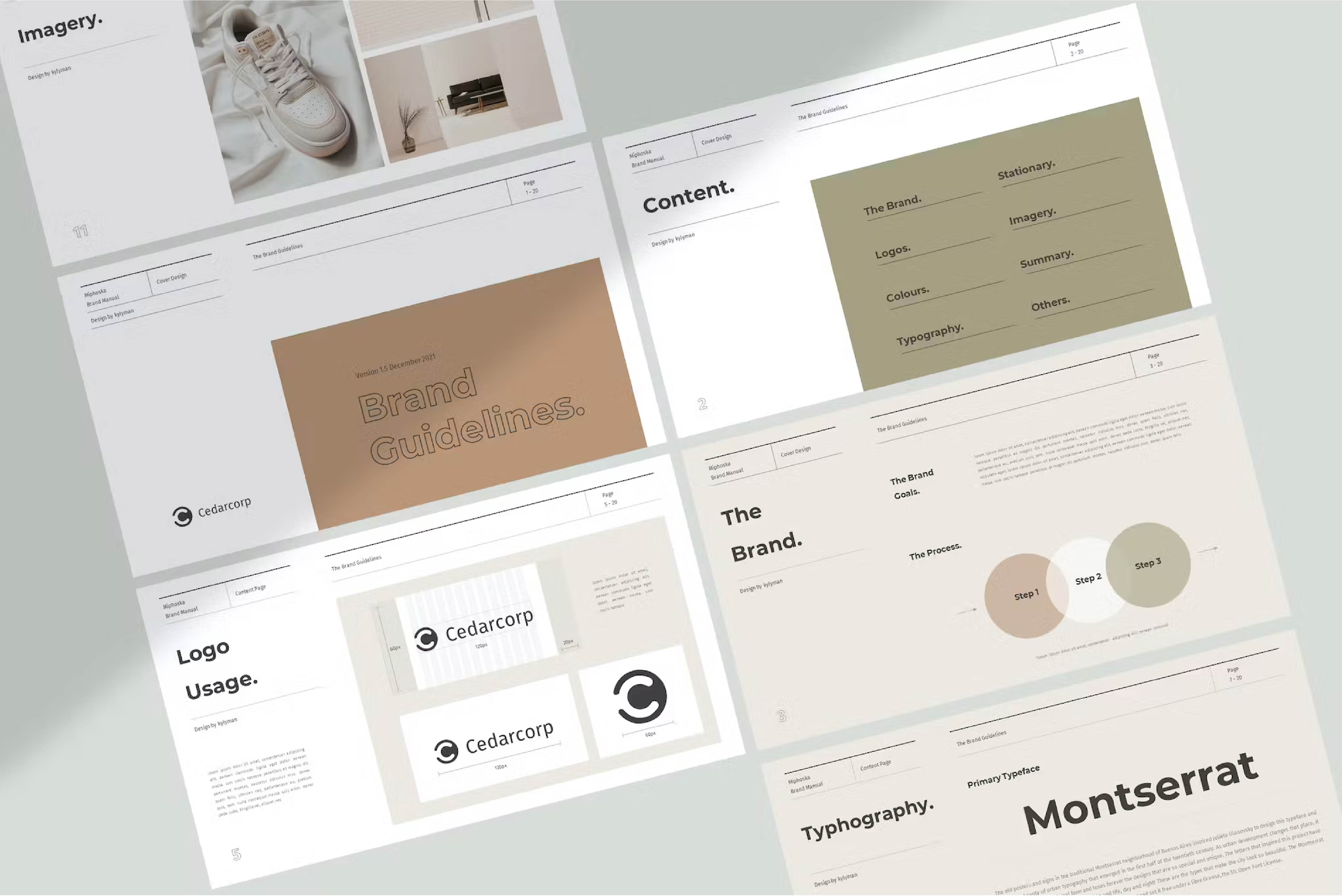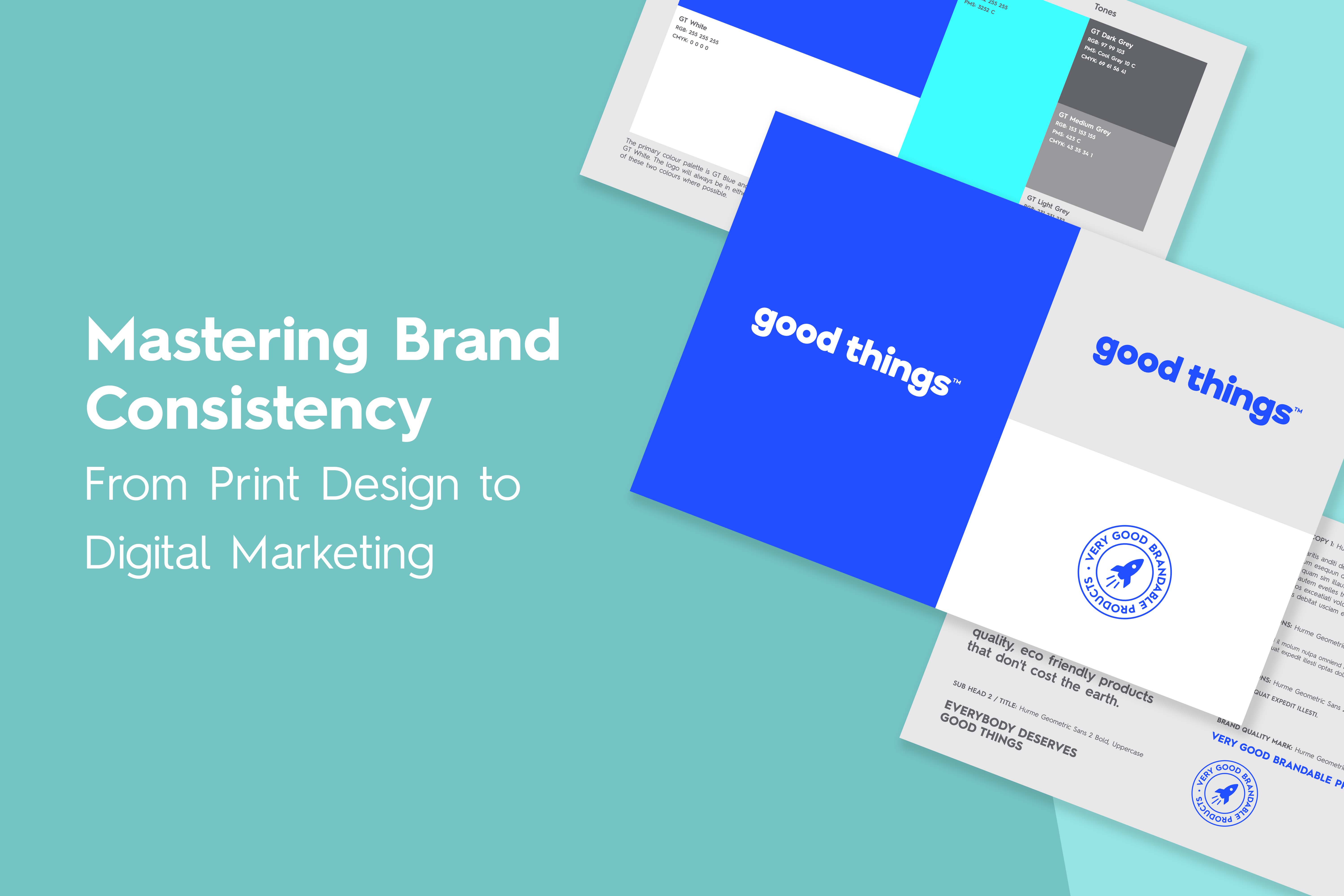It might be obvious, but the key to a successful brand is… successful branding. What do we mean by this? It means you need to master your brand’s visual identity, tone of voice and brand personality. Ask yourself, what do you want your audience to interact with?
It’s essential to understand that successful branding doesn’t just stop with a logo or color scheme. It extends into the digital realm, where every touchpoint—whether it’s your website, social media channels, or email marketing—needs to consistently reflect your brand’s identity.
Digital marketing plays a huge role in this process, as it’s the platform where your brand connects with a global audience. A well-crafted digital strategy not only strengthens your visual identity but also amplifies your voice and personality, creating a seamless experience for your customers across all channels.
In this landscape, partnering with a digital marketing agency like Vineyard Growth can be a game-changer. Their expertise in leveraging data-driven strategies can help refine your brand’s presence online, ensuring it aligns with the expectations of your target audience. With their guidance, you can optimize content, improve engagement, and track performance, all while keeping your brand’s core values and tone at the forefront.
In this blog, we will look at how you can master brand consistency. Not only make your merchandise pop, but align your merch with your digital marketing assets and create a seamless customer journey experience.
1. Understand Your Brand Elements
It’s important that you know what your brand elements are and how to use them. These elements are what make your brand one and unite your print and digital assets.
- Logo: Your logo is the face of your brand. It should be displayed consistently across all platforms and materials. Ensure it’s in the right format and size for each medium, whether it’s a website header or a business card.
- Colour Palette: Consistency in colour is vital. Use the same colour codes across your print and digital materials (including Pantones, RGB, CYMK colours). This not only reinforces your brand identity but also helps create a memorable visual experience for your audience.
- Fonts: Use your designated brand fonts for headings, subheadings, and body text. Stick to these fonts across all materials to maintain a professional and cohesive appearance.
- Tone of Voice: Your brand’s tone of voice sets the mood for your content. Whether it’s formal, casual, informative, or playful, it should remain consistent to build familiarity and trust with your audience.
- Brand Message: Your brand message is what you want your customer to know you by — it should be clear and concise. It’s the essence of your brand, and all your content, both offline and online, should echo this message.
- Image Style: If your brand uses specific imagery or photography styles, ensure you adhere to them. Whether it’s the use of certain filters, themes, or compositions, consistency here is key.

2. Follow Your Brand Guidelines
Brand guidelines serve as your brand’s rulebook. They outline the dos and don’ts, offering a clear roadmap for maintaining brand consistency. If you’ve worked with professionals to develop your brand, you likely already have a brand guidelines document in place.
However, if you don’t have one, it’s highly advisable to hire a branding expert to create it. Here’s why investing in brand guidelines is worth every penny:
- Consistency: Guidelines ensure that everyone involved in your brand’s content creation understands how to use the elements correctly. This consistency fosters trust and recognition among your audience.
- Efficiency: Having a set of rules streamlines the design and content creation process. Your team won’t waste time debating colors or fonts because the guidelines provide clear direction.
- Protection: Brand guidelines protect your brand identity. By specifying what can and cannot be done, they prevent any inadvertent misuse of your brand elements.
- Scalability: As your business grows, maintaining consistency becomes even more crucial. Brand guidelines make it easier to scale your branding efforts and maintain the same level of quality across various channels.
3. Implementing Brand Consistency
Now that you have your brand elements and guidelines in place, it’s time to put them into action:
- Design Templates: Create templates for your print materials, social media posts, and email marketing campaigns. These templates should incorporate your brand elements, making it easy to maintain consistency.
- Training: Ensure that your team is familiar with the brand guidelines and understands the importance of consistency. Regular training sessions can help reinforce this.
- Quality Control: Implement a review process to check that all content, whether it’s a brochure or a blog post, adheres to the brand guidelines. This can be done through internal reviews or with the help of brand management tools.
- Feedback Loop: Encourage feedback from your audience. This can help you fine-tune your brand’s consistency by understanding what resonates best with your customers.
- Adaptability: While consistency is crucial, be open to minor adjustments if necessary. The market and audience preferences can evolve, so it’s important to stay relevant while staying true to your brand’s core identity.

To sum it all up…
By mastering brand consistency across both print design and digital marketing, you create a seamless experience for your audience. They will recognise and trust your brand, making it more likely for them to engage and become loyal customers. It also means that when it comes to creating merchandise for your brand, you’re more likely to have a clear vision as to what the product should look like and the colours used to brand the product. This approach creates an integrated experience that extends beyond digital spaces and into the physical world, ensuring that your audience always recognizes your brand’s unique identity.
In the same way, your website plays a crucial role in presenting a cohesive brand identity. A well-designed website is more than just a place for your audience to visit; it serves as a reflection of your brand’s values and goals. With custom web design, you can ensure that every element—whether it’s typography, color palette, or layout—aligns with your overall brand strategy. Working with experts like Jimmyweb can help you develop a website that not only looks visually appealing but also offers a user-friendly experience that keeps visitors engaged. A custom website tailored to your brand’s needs ensures that your online presence is as impactful and memorable as your other marketing materials, reinforcing trust and loyalty from your customers.
In the digital age, where your customers interact with your brand in multiple ways—from websites and social media to email marketing—it’s crucial that each touchpoint reflects the same visual style, tone, and values. By achieving this consistency, you not only create a stronger brand presence but also ensure that your customers can easily recognize your brand in a crowded marketplace. This helps build trust and loyalty, key elements in encouraging repeat business and customer advocacy. To truly enhance this effort, it’s essential to pair great design with effective digital marketing strategies. With expert services from LetsGetOptimized.com, you can develop tailored digital marketing campaigns that complement your brand’s visual identity and extend its reach.
From search engine optimization (SEO) to social media management and paid advertising, their team can ensure that every digital effort amplifies your brand message, bringing in more qualified leads and enhancing customer engagement. This comprehensive approach not only strengthens your brand’s recognition but also drives meaningful results, helping your business grow and connect with the right audience.
Effective brand consistency isn’t just about logos and color schemes; it’s about the feelings and perceptions customers have when they encounter your brand, whether online or in person. When your audience sees cohesive messaging and visuals across all touchpoints, they begin to associate those elements with the value your brand provides. SERPninja can play a pivotal role here, ensuring your brand’s digital presence is optimized for visibility. By maintaining high rankings on search engines, you make it easy for customers to find you, reinforcing trust with every interaction.
So, remember to always use your brand elements, follow your brand guidelines, and consistently implement these principles across all your branding efforts. In doing so, you’ll pave the way for a successful and enduring brand.








